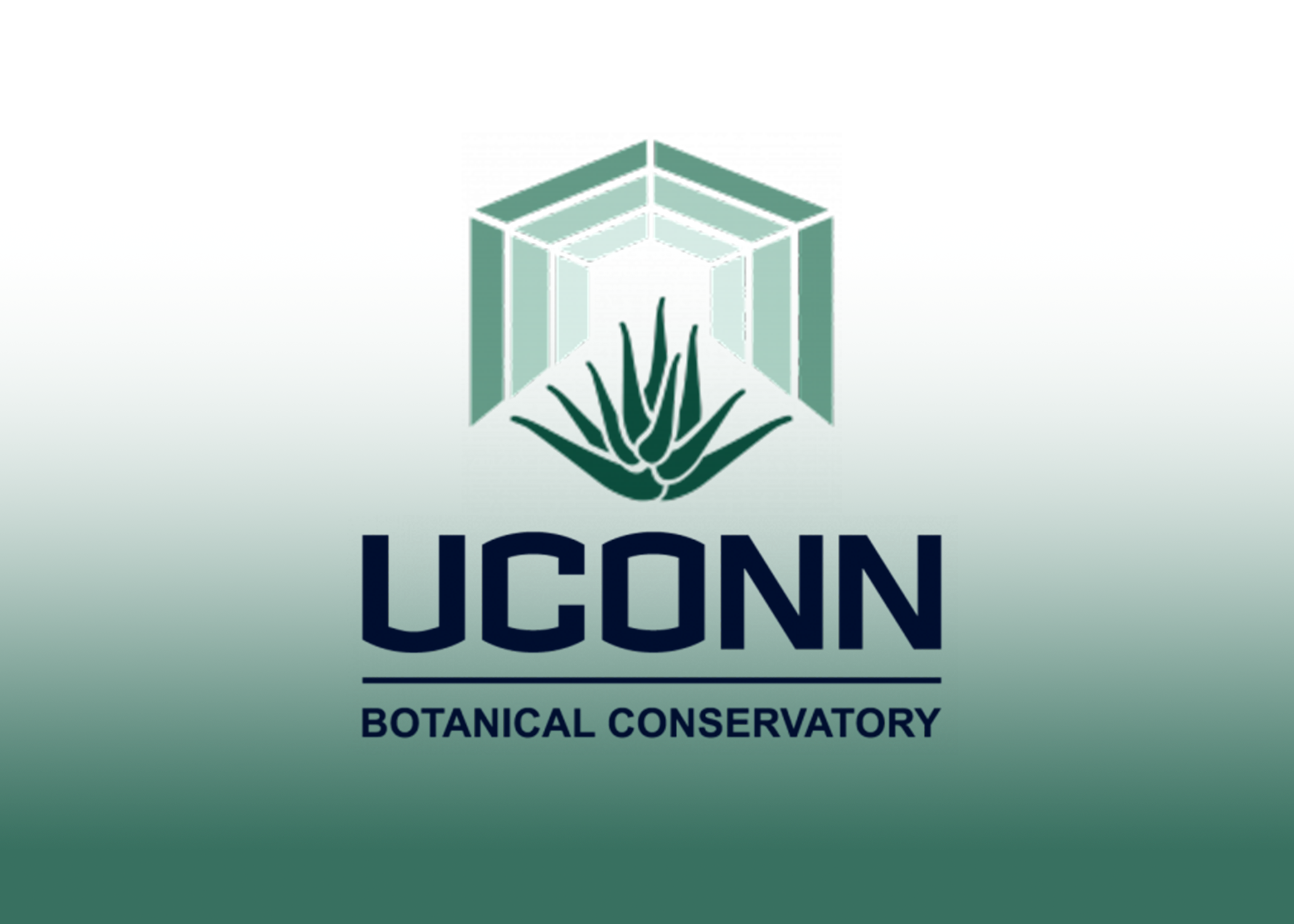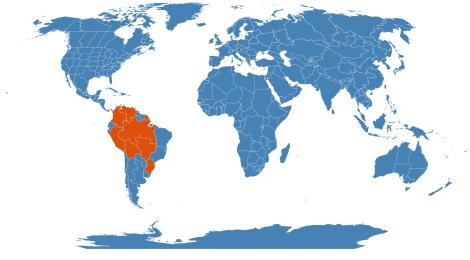Accession Data
Hevea brasiliensis
Common Name: Para Rubber Tree
Family: Euphorbiaceae
Synonym(s): Siphonia brasiliensis Willd. ex A.Juss.
Country of Origin: South America
Description: This tree reaches 120 ft (36 m) in its natural habitat along the Amazon and Orinoco rivers in South America but elsewhere it seldom exceeds 60 ft (18 m). The thick, leathery leaves are divided into 3 leaflets and the greenish white perfumed flowers are insignificant. These flowers appear before or with new growth, which is a distinctive bronze-purple. It is rarely grown other than in commercial plantations or in botanical gardens.
Uses: In Brazil used for an insect repellant and soap.
Accession Data
USDA Zone: 11-12
Accession #: 200202487
Accession Date: 2002-11-18 00:00:00
Bloom Status: 🪴 Not Flowering
Location: 1310
Quantity: 1
Source: Marcia Kirinus - Duke
Provenance:
Duke Acc#02-090 Plants recieved at Duke from Tom Hecker (Butterfly Conservatory) who recieved seed from Malaysia and grew them on.
Culture: Tropical heat and humidity are essential to the commercial cultivation of these trees, although they will survive in large heated greenhouses where they should be pruned in late winter to restrict size and maintain a neat shape. They need moist, free-draining soil and part-shade in the heat of summer. Propagate from fresh seed.
Classification
Division: Magnoliophyta
Class: Magnoliopsida
Subclass: eurosid I
Order: Malpighiales
Family: Euphorbiaceae
SubFamily: Crotonoideae
Tribe: Micrandreae
SubTribe: Heveinae
Flowering Data:
This accession has been observed in bloom on:| Year | Jan | Feb | Mar | Apr | May | Jun | Jul | Aug | Sep | Oct | Nov | Dec | ||||||||||||||||||||||||||||||||||||||||
|---|---|---|---|---|---|---|---|---|---|---|---|---|---|---|---|---|---|---|---|---|---|---|---|---|---|---|---|---|---|---|---|---|---|---|---|---|---|---|---|---|---|---|---|---|---|---|---|---|---|---|---|---|
| 2025 | ||||||||||||||||||||||||||||||||||||||||||||||||||||
| 2024 | ||||||||||||||||||||||||||||||||||||||||||||||||||||
| 2023 | ||||||||||||||||||||||||||||||||||||||||||||||||||||
| 2022 | ||||||||||||||||||||||||||||||||||||||||||||||||||||
| 2021 | ||||||||||||||||||||||||||||||||||||||||||||||||||||
| 2020 | ||||||||||||||||||||||||||||||||||||||||||||||||||||
| 2019 | ||||||||||||||||||||||||||||||||||||||||||||||||||||
| 2018 | ||||||||||||||||||||||||||||||||||||||||||||||||||||
| 2017 | ||||||||||||||||||||||||||||||||||||||||||||||||||||
| 2016 | ||||||||||||||||||||||||||||||||||||||||||||||||||||
| 2015 | ||||||||||||||||||||||||||||||||||||||||||||||||||||
| 2014 | ||||||||||||||||||||||||||||||||||||||||||||||||||||
| 2013 | ||||||||||||||||||||||||||||||||||||||||||||||||||||
| 2012 | ||||||||||||||||||||||||||||||||||||||||||||||||||||
| 2011 | ||||||||||||||||||||||||||||||||||||||||||||||||||||
References
- Botanica, Turner & Wasson, 1997, CD-ROM Version
- Personal Communication with Frank Vincentz, International Euphorbia Society4 JAN 2006
- The Plant List (2013). Version 1.1. Last accessed on Friday, 21 December, 2018.
- WCSP (2015). World Checklist of Selected Plant Families. Facilitated by the Royal Botanic Gardens, Kew. Last accessed on Friday, 21 December, 2018.
- Hevea brasiliensis at Wikipedia. Last accessed on Friday, 21 December, 2018.
Images

